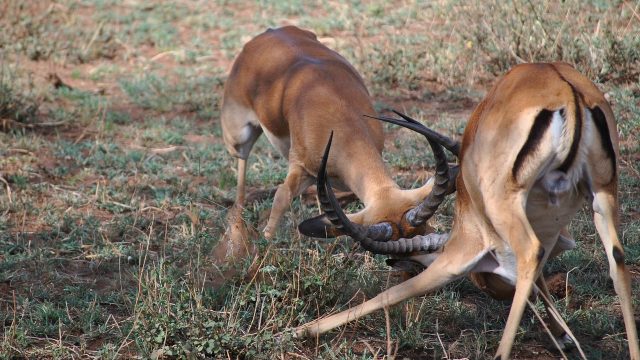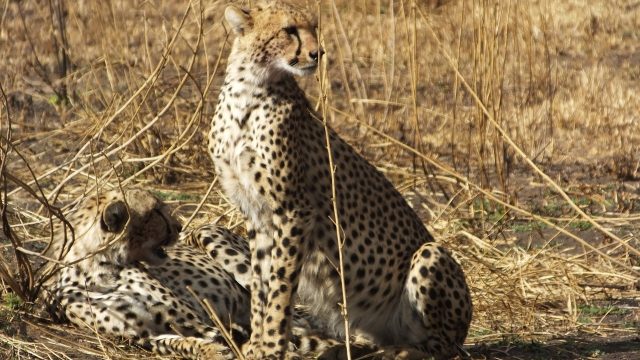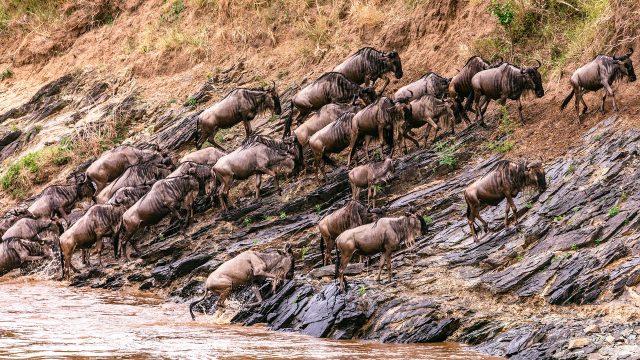Cultural Tours Experience
- Tanzania
Tanzania is the land of some of the greatest tribal diversity in Africa. The country includes all of the foremost ethnic and linguistic groups on the continent and amazingly varied population to inhabit a same country. Its home of nearly 126 tribal groups and most of these comprise small communities that are gradually being espoused into the larger population due to changes in land use and the economic draw of city life.
Tribal diversity is prized and far from being a source of division, Tanzanian place a high value on their country’s multicultural heritage. Over the past few years, cultural tourism has become an increasing attraction for visitors from around the world and visits to tribal villages are often a highlight of Safari Packages.
Since the Cultural Tourism has shown good potential contributing to poverty reduction through direct tour fees, jobs/salaries for local people, markets for local product (foodstuffs, handcrafts), exposure to knowledge and increase in confidence to local people to do little-known things
The Hadzabe or Bushmen society are an ethnic group living in central Tanzania around Lake Eyasi in the central Rift Valley and in the neighboring Serengeti Plateau. The Bushmen people raise no livestock, grow no food, and live without calendars or rules. They are surviving by a hunting and gathering existence that is little changed from 10,000 years ago. It is estimated that the Hadza number just below 1000. Today they are the last functioning hunter-gatherers in Africa.
The Hadza are a unique culture not closely related to any other people. Traditionally they were considered an East African branch of the Khoisan peoples, primarily because their language consists of a curious series of clicks. Modern genetic research suggests that they may be more closely related to the Pygmies. Spending time with traditional hunter-gatherers could be compared to spending time with yourself – with the clock wound back several thousand years. It brings to the fore everything we find alluring and appealing about spending time in the bush – the wild animals, the scenery and the savage beauty but in this case we form a part of that environment as one of the apex predators.
Together with us we design the itinerary to showcase the unique culture and prolific wildlife Safari and one of the highlights was spending time with one of the less-known tribes of Africa – the Hadza.
The Hadza still build huts at their more permanent sites, and these also have not changed dramatically since the days of their ancestry.
There’s no formal hierarchy within these camps, and conflicts are usually resolved by one party voluntarily moving camps.
Despite efforts by outside forces to modernize, in particular to get Hadzabe children to attend schools, the Hadza love their traditional, unhurried way of life, and are resistant to these changes.
The Maasai people of East Africa live in southern Kenya and northern Tanzania along the Great Rift Valley on semi-arid and arid lands. The Maasai occupy a total land area of 160,000 square kilometers with a population of approximately one half million people. However, many Maasai see the national census as government meddling and often miscount their numbers to census takers
The Maasai live in Kraals arranged in a circular fashion. The fence around the kraal is made of acacia thorns, which prevent lions from attacking the cattle. It is a man's responsibility to fence the kraal. While women construct the houses. Traditionally, kraals are shared by an extended family. However, due to the new land management system in the Maasai region, it is not uncommon to see a kraal occupied by a single family.
The Maasai are pastoralists. This is characterized by their constant movement in search of greener pastures for the livestock which is their main source of livelihood. Due to this kind of lifestyle they do not have permanent houses.
In Tanzania the Maasai are mainly found in the Arusha region concentrating in Monduli, Loliondo and Ngorongoro areas. Theynormally live in clans which are characterized by a cluster of their mud houses built closely next to each other and referred to as a ‘Boma’. These Bomas are built in largely open areas where they can accommodate their livestock as well and fenced off with thorny bushes for protection.
The Maasai people who are living around the Ngorongoro Conservation Area are a big attraction to tourism due to their rich culture. Their way of living and dressing is a big amusement to the Western world, thus attracting tourists in large numbers, aiding the country’s economy and opportunities.
Their main color of dressing is bright red; they plaster themselves with red ochre dung, dug from the ground and softened with cow fat. The liquid mixture is applied to the garments thus turning them red. They normally sit and sleep on the ground thus the red color matches with the look of the soil. Since they do not wash their clothes, water is very scarce, this mixture hides the dirt and they will always look clean. The Ocre to the Maasai is their traditional clothing, common around the youth who are called Morani.
The elderly don’t wear the Ochre. Another traditional attire is the wearing of sandals made out of car tires. These come in handy when they have to hide from their enemies since the sandals are cut without showing front or back so one will not know in which direction they were walking. They are also known for wearing brightly colored anklets and bracelets made from beads. They have larder pierced holes in their ears and wear beautiful beads on them. Completing the outfit, men carry a spear over their shoulders, a Sime (Maasai knife) on their waist and a Rungu, which are used for self-defense, or in combination with their famous shields, in time of war. A formidable appearance!
9 Days
Tanzania Family Safari
- Kilimanjaro / Arusha
- Tarangire, Lake Manyara, Ngorongoro and Serengeti
You will be able to see Big 5 animals and take photos while you’re on the way to these national parks.
Tour price from $ 4,340 / person
6 Days
Tanzania Wildlife Safari
- Kilimanjaro / Arusha
- Lake Manyara, Ngorongoro and Serengeti
Discover Africa’s astounding diversity, including the iconic Big Five, in custom-made vehicles with an unobstructed view.
Tour price from $ 2,498 / person
10 Days
Great Migration Safari
- Kilimanjaro / Arusha
- Tarangire, Lake Manyara, Ngorongoro, Serengeti
Track in the footsteps of the Great Migration at the world-famous Serengeti National Park.
Tour price from $ 4,990 / person







